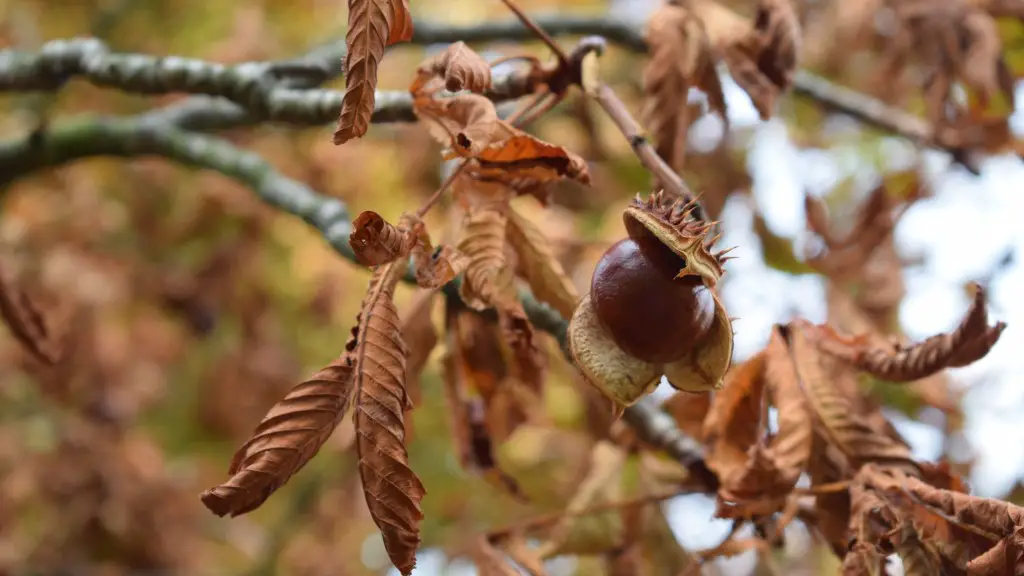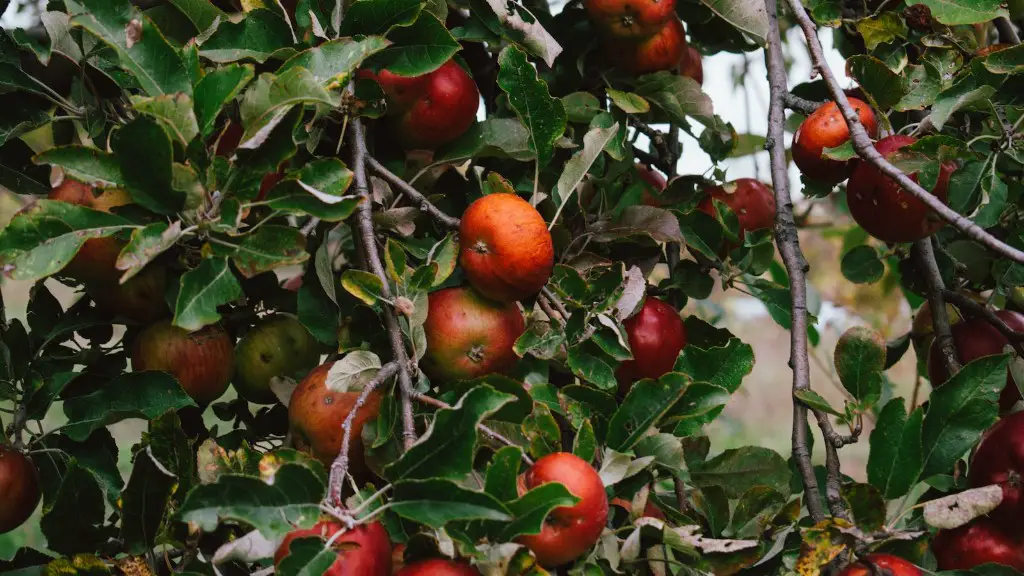Introduction
Palm trees are one of the most popular plants around the world, grown for their captivating, tropical look and impressive range of uses. What makes these trees so special is the vibrant colors their holders take on during the hot summer months and the calming shades in the midst of winter. While their beauty has been enchanting many onlookers since ancient times, the once evergreen colors have begun to fade in recent years. This article offers an overview of what kills a palm tree, introducing applicable background information, relevant data, expert perspectives, and analysis on the causes.
Environmental Factors
Heat stress, water intrusion, and cold weather are the primary reasons why palm trees die. Heat stress occurs when the tree is exposed to temperatures that exceed the species’ ability to withstand. If the temperatures are too hot and remain this way for an extended period, the tree can suffer from heat exhaustion, an issue that manifests itself through a decrease in leaf photosynthesis, root growth, and the decomposition of the plant’s organic matter. Water intrusion, often referred to as overwatering, is another factor that can kill a palm tree. If the tree is soaked for too long or too often, the roots can’t absorb enough air, preventing the root system from carrying out the important task of absorbing nutrients from the soil. Last, but not least, cold weather is also a threat to the flourishing of the palm tree. When temperatures drop below fifty-five degrees Fahrenheit, the tree is at risk for cold damage, leading to the eventual death of the tree.
Pest and Disease Control
Another cause of palm tree mortality is pest and disease infestations, which can vary significantly depending on location. Some of the more common pests harming palm trees include root rot caused by fungi and aphids and palm weevils, both of which feed on and damage the plant’s foliage. Moreover, several other pests, including scale, mealy bugs, thrips, and caterpillars, can infest and weaken a tree, ultimately leading to its death. Many diseases, like anthracnose, phytoplasma, and fusarium wilt, are also prone to palm trees, which can burn through their reserves of nutrients, leading to their demise.
Poor Maintenance Practices
Poor maintenance practices can also lead to the death of palm trees. Pruning the tree too deeply or in the wrong way can leave the tree too weak to defend itself from external threats. Similarly, incorrect or inadequate fertilization can cause overgrowth or an imbalance of nutrients, leading to the tree not having the right balance of nutrients it needs to thrive. In addition, making certain landscaping decisions like planting the tree too close to other trees or in too much shade can make the tree vulnerable to a variety of pests, fungi, and other weather-induced issues.
Unfavorable Soil Conditions
The soil in which a palm tree is planted can play a major role in its survivability. If the pH levels are off or the soil does not drain quickly enough, the roots can become waterlogged, leading to root burn or decay, in turn killing the tree. When a palm tree does not get enough nutrients from the soil and fertilizer, its growth rate is affected, and if the tree is not fertilized properly, it can suffer long-term damage to its roots.
Light Levels
Palm trees, like any other plant, need adequate light to grow and stay healthy. Without the proper light levels, the tree can suffer from yellowing, stunted growth, dry patches, and root damage. If the tree is deprived of light for too long, it can become susceptible to disease, pests, and other factors that might ultimately kill it.
Improperly Placed Trees
Palm trees need to be planted in a place that supports both their aesthetic and functional characteristics. If the tree is planted in an area where it will not receive adequate sunlight or water, then the tree is likely to suffer and eventually die. Planting a palm tree too close to other trees or in an area that does not support the type of tree can cause issues leading to its death.
Conclusion
All in all, the life of a palm tree can be adversely affected by environmental factors, pest and disease infestations, poor maintenance practices, unfavorable soil conditions, light levels, and placement of the trees. Understanding what kills a palm tree can help individuals ensure that their trees have a better chance at surviving and thriving for many years.


